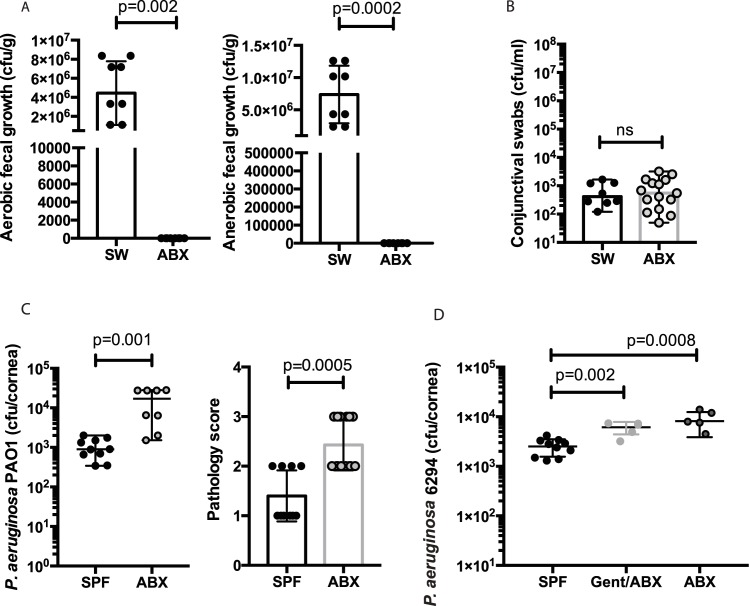Fig 6. Oral antibiotic treatment significantly reduces the resistance to P. aeruginosa-induced infection.
A. Aerobic and anaerobic gut commensal bacterial burden in SPF mice after oral antibiotic treatment shows significant decrease in gut commensal presence. Circles indicate individual animals. p-values by unpaired Student’s t-test. B. Commensal conjunctival presence is not affected in mice treated with oral antibiotics. Circles indicate individual animals. C. Pathology scores and corneal bacterial burden at 24h after infection. Groups of 10 SPF SW mice and 10 ABX mice were infected with 1×107 CFU P. aeruginosa PAO1. Mouse corneas were harvested at 24 h after infection. ABX mice had significantly higher pathology scores and bacterial burdens indicating reduced resistance to infection. p- values by Student’s t-test (CFU) and Mann-Whitney test (pathology). Data were pooled from two experiments performed. D. Corneal bacterial P. aeruginosa 6294 burden measured at 24h after the infectious challenge in cohorts of SPF mice, mice treated locally with gentamycin and orally with antibiotics (gent/ABX), and mice treated orally with antibiotics. ABX mice treated with gentamycin showed comparable bacterial levels to the ABX mice that received no additional topical antibiotic treatment. Data were pooled from two experiments performed. The circles represent individual mice. p-values by one-way ANOVA (p<0.0001) followed by Turkey’s multiple comparisons test.

